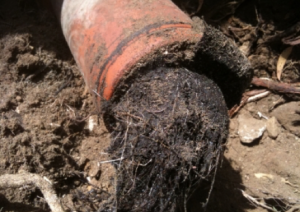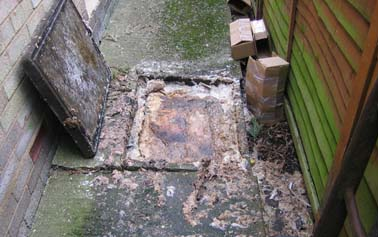In the sense of geomorphology, drainage frameworks have been noted as waterway frameworks, are the examples shaped by the streams, waterways, and lakes in a specific waste bowl. They are represented by the geography of the land, regardless of whether a specific district is overwhelmed by hard or delicate rocks and the slope of the land. Geomorphologists and hydrologists regularly see streams as a component of drainage bowls. While considering in the case of repair works in the drain system one can focus on Blocked Drains Kent for either normal cleaning or with CCTV surveyed cleaning with the survey over a geographical area. This is the geographical area from which a stream gets spillover, throughflow, and its immersed same, groundwater stream. The number, size, and state of the waste bowls changes, and the bigger and more nitty-gritty the geographical guide, the more data is available.
Dendritic drainage designs:

Dendritic drainage frameworks are not straight and are the most well-known type of waste framework. In this, there are many sub-feeders (comparable to the twigs of a tree), which converge into feeders of the principle waterway (the branches and the storage compartment of the tree, individually). They are believed to take care of a stream channel that matches and is emphatically understanding to the abrogating angle of the land. Genuinely dendritic frameworks structure in V-molded valleys; accordingly, the stone sorts must be very impenetrable and non-porous.
Equal drainage design:
An equal drainage framework happens on a typical slant down direct ranges (or of waterways between the straight arrangement of ledges, equal, stretch landforms like outcropping safe musical crews), normally following regular issues or disintegration, (for example, winning breeze scars). The streams run quick and straight, with not many feeders, and all stream a similar way. This framework structures on long, uniform slants, for example, high waterways streaming southeast from the Aberdare Mountains in Kenya and numerous waterways of Myanmar.
Lattice drainage design:
The math of a lattice drainage framework is like that of a typical nursery lattice. Along a strike valley, more modest feeders feed into from the lofty slants of mountainsides. These feeders enter the principle waterway about the opposite, causing a lattice-like appearance of the framework. The structure where hard and delicate developments exist on the two banks of the fundamental waterway and are intelligent of stature, highlighted by disintegration. Lattice drainage is normal for collapsed mountains, for example, the Appalachian Mountains in North America and the north piece of Trinidad.
Rectangular waste:
Rectangular waste creates on rocks that are of roughly uniform protection from disintegration, yet which have two bearings of jointing at around right points or 90 degrees. The joints are generally less impervious to disintegration than the mass stone so disintegration will in general especially open the joints and streams, in the end, create along the joints. The outcome is a stream framework wherein streams comprise primarily of straight-line fragments with right point curves and feeders join bigger streams at right angles.
Annular drainage design:
In an annular drainage design streams follows a distracting or more prominent concentric way along a belt of the powerless stone thus, with others, a generally followed out ring can be seen. It is best shown by streams depleting a maturely dismembered basic arch or bowl where disintegration has uncovered rimming sedimentary layers of extraordinarily differing levels of hardness, as in the Red Valley, which almost surrounds the structure of the Black Hills of South Dakota.

